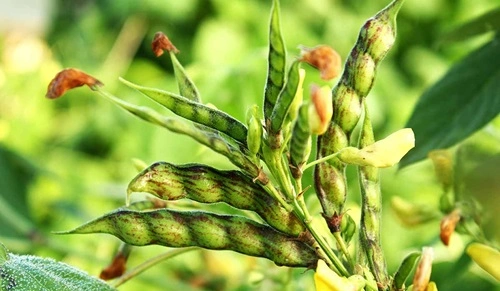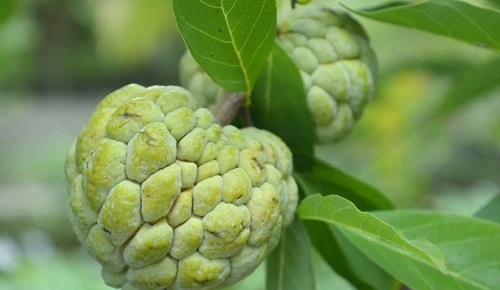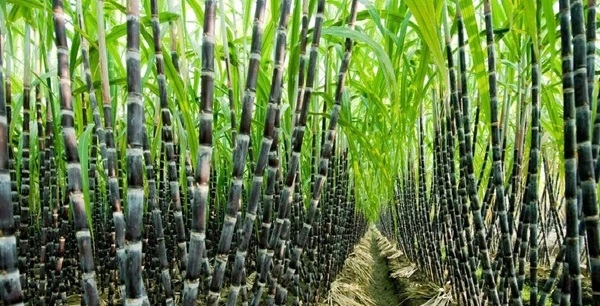Pigeonpea, also known as “Arhar” or “Tur”, is one of the most important pulse crops in India. It is a staple in Indian diets, primarily consumed as dal (split pulses). Pigeonpea is rich in protein, carbohydrates, vitamins (B-complex), and minerals like calcium, iron, and potassium, making it a key source of nutrition, especially for vegetarians.
Pigeonpea plays a crucial role in sustainable agriculture due to its nitrogen-fixing ability, which improves soil fertility. It is widely cultivated in semi-arid and rainfed regions of India, particularly in states like Maharashtra, Uttar Pradesh, Karnataka, Madhya Pradesh, Andhra Pradesh, Gujarat, Telangana, and Rajasthan.
To meet increasing demand and ensure better productivity, Indian farmers cultivate high-yielding, disease-resistant, and drought-tolerant varieties of pigeonpea. This article highlights more than 10 top pigeonpea varieties in India, their characteristics, and regions of suitability.

1. Pusa 2001
Pusa 2001 is a popular high-yielding pigeonpea variety developed by the Indian Agricultural Research Institute (IARI), New Delhi.
- Duration: 140–150 days (medium duration)
- Seed Size: Medium-large
- Regions: Uttar Pradesh, Madhya Pradesh, Rajasthan
- Characteristics:
- High yield potential under irrigated and rainfed conditions.
- Tolerant to wilt and sterility mosaic diseases.
- Yield: 15–18 quintals/hectare
- Uses: Dal production
2. ICPL 87119 (Asha)
ICPL 87119, popularly known as “Asha”, is a widely cultivated medium-duration variety.
- Duration: 160–170 days
- Seed Size: Large, bold seeds
- Regions: Maharashtra, Karnataka, Telangana
- Characteristics:
- Resistant to wilt and adaptable to diverse climatic conditions.
- High market demand due to bold grains.
- Yield: 20–22 quintals/hectare
- Uses: Dal production and export
3. BSMR 736
BSMR 736 is a high-yielding variety with excellent resistance to major diseases.
- Duration: 140–150 days
- Seed Size: Medium-large
- Regions: Maharashtra, Madhya Pradesh, Gujarat
- Characteristics:
- Resistant to Fusarium wilt and pod borer.
- Tolerant to drought conditions.
- Yield: 18–20 quintals/hectare
- Uses: Dal and fodder
4. Pusa 992
Pusa 992 is an early-maturing variety suitable for short cropping seasons.
- Duration: 120–130 days
- Seed Size: Medium
- Regions: Uttar Pradesh, Bihar, Rajasthan
- Characteristics:
- Early maturity ensures quick harvest.
- High resistance to sterility mosaic disease.
- Yield: 12–15 quintals/hectare
- Uses: Dal and green pod production
5. Maruti (ICP 8863)
Maruti is a medium-duration variety known for its disease resistance and productivity.
- Duration: 160–170 days
- Seed Size: Medium-large
- Regions: Karnataka, Maharashtra, Andhra Pradesh
- Characteristics:
- Resistant to wilt and sterility mosaic disease.
- Suitable for rainfed regions.
- Yield: 16–18 quintals/hectare
- Uses: Dal and animal fodder
6. LRG 41
LRG 41 is a popular variety developed for high yield and adaptability in semi-arid regions.
- Duration: 150–160 days
- Seed Size: Bold
- Regions: Andhra Pradesh, Telangana, Karnataka
- Characteristics:
- Tolerant to wilt and pod borer infestation.
- Consistent performance under dry conditions.
- Yield: 18–20 quintals/hectare
- Uses: Dal production
7. Co-6
Co-6 is a high-yielding, short-duration variety developed by Tamil Nadu Agricultural University (TNAU).
- Duration: 130–140 days
- Seed Size: Medium
- Regions: Tamil Nadu, Karnataka, Kerala
- Characteristics:
- Early maturity with high productivity.
- Tolerant to wilt and pests.
- Yield: 15–17 quintals/hectare
- Uses: Dal and green pods
8. UPAS 120
UPAS 120 is an extra-early pigeonpea variety, ideal for intercropping systems.
- Duration: 120–130 days
- Seed Size: Small-medium
- Regions: Uttar Pradesh, Bihar, Gujarat
- Characteristics:
- Early maturity for quick harvests.
- Suitable for rainfed and low-input conditions.
- Yield: 12–14 quintals/hectare
- Uses: Dal and fodder
9. GT-101
GT-101 is a short-duration variety developed for rainfed cultivation.
- Duration: 125–135 days
- Seed Size: Medium-large
- Regions: Gujarat, Maharashtra, Rajasthan
- Characteristics:
- High resistance to wilt and pod borer.
- Performs well in dry regions.
- Yield: 15–17 quintals/hectare
- Uses: Dal and fodder production
10. MAL 13
MAL 13 is a late-maturing variety known for its high productivity and quality grains.
- Duration: 160–170 days
- Seed Size: Large
- Regions: Madhya Pradesh, Maharashtra, Rajasthan
- Characteristics:
- Good resistance to Fusarium wilt and mosaic disease.
- High market preference due to bold seeds.
- Yield: 18–20 quintals/hectare
- Uses: Dal and commercial markets
11. WRG 65
WRG 65 is a high-yielding variety suitable for rainfed cultivation in southern regions.
- Duration: 150–160 days
- Seed Size: Medium
- Regions: Karnataka, Telangana, Andhra Pradesh
- Characteristics:
- Resistant to water stress and pod borer.
- Suitable for intercropping with cereals.
- Yield: 17–19 quintals/hectare
- Uses: Dal and fodder
FAQs
Q1: Which is the most popular pigeonpea variety in India?
A: ICPL 87119 (Asha), Pusa 2001, and BSMR 736 are among the most popular varieties due to their high yields and disease resistance.
Q2: Which variety of pigeonpea matures the fastest?
A: UPAS 120 and Pusa 992 are early-maturing varieties that can be harvested within 120–130 days.
Q3: What are the best varieties for rainfed cultivation?
A: BSMR 736, LRG 41, and GT-101 are well-suited for rainfed and drought-prone regions.
Q4: Which pigeonpea variety is disease-resistant?
A: Maruti (ICP 8863), Pusa 2001, and MAL 13 show excellent resistance to Fusarium wilt and sterility mosaic disease.
Q5: Which states are the largest producers of pigeonpea in India?
A: Maharashtra, Uttar Pradesh, Karnataka, Madhya Pradesh, and Telangana are the leading pigeonpea-producing states.
India’s pigeonpea production has been revolutionized by the introduction of high-yielding and disease-resistant varieties like Pusa 2001, ICPL 87119, BSMR 736, and UPAS 120. These varieties ensure higher productivity, resilience against environmental stresses, and increased profitability for farmers, making pigeonpea cultivation a sustainable choice for Indian agriculture.

